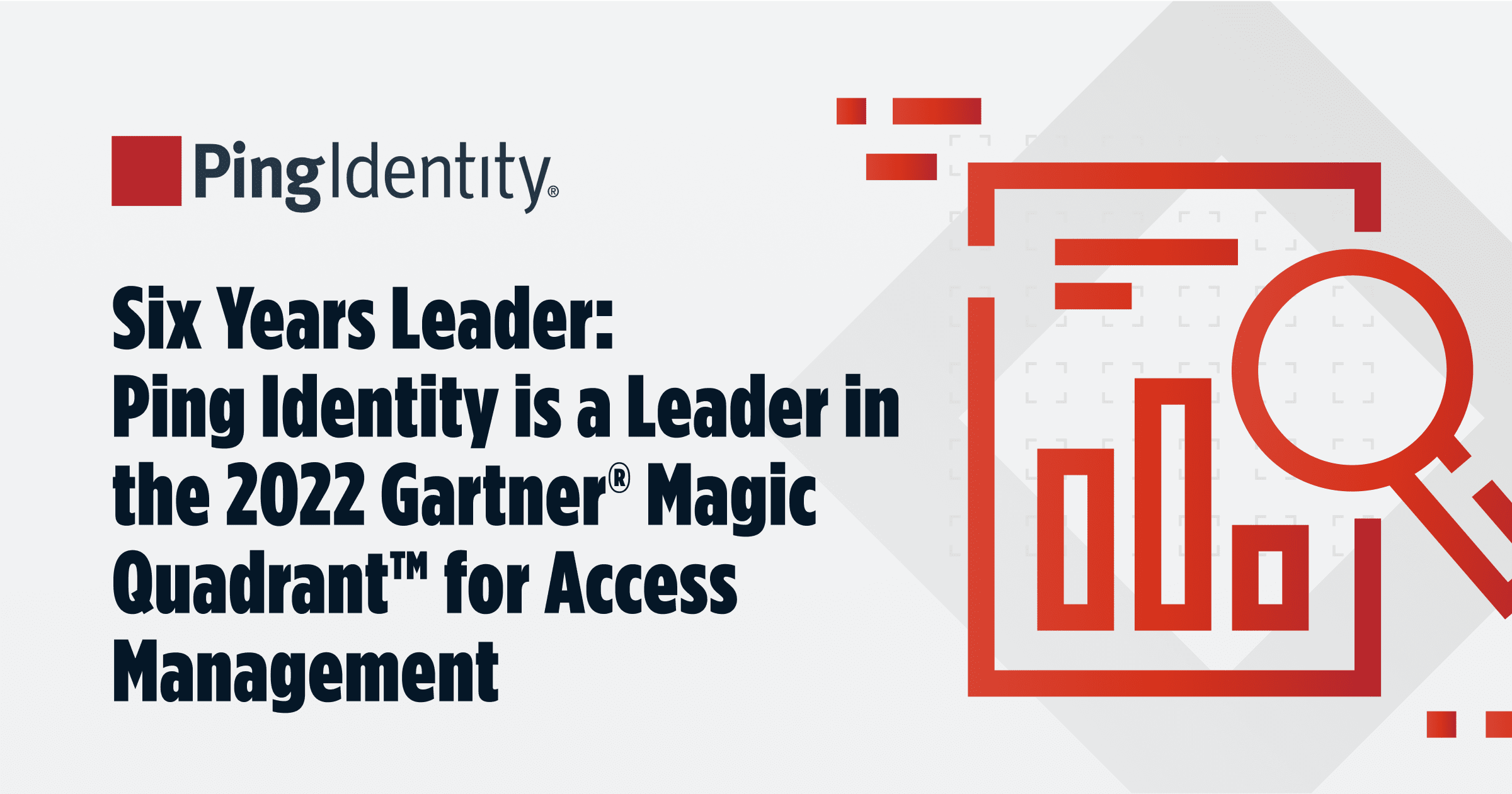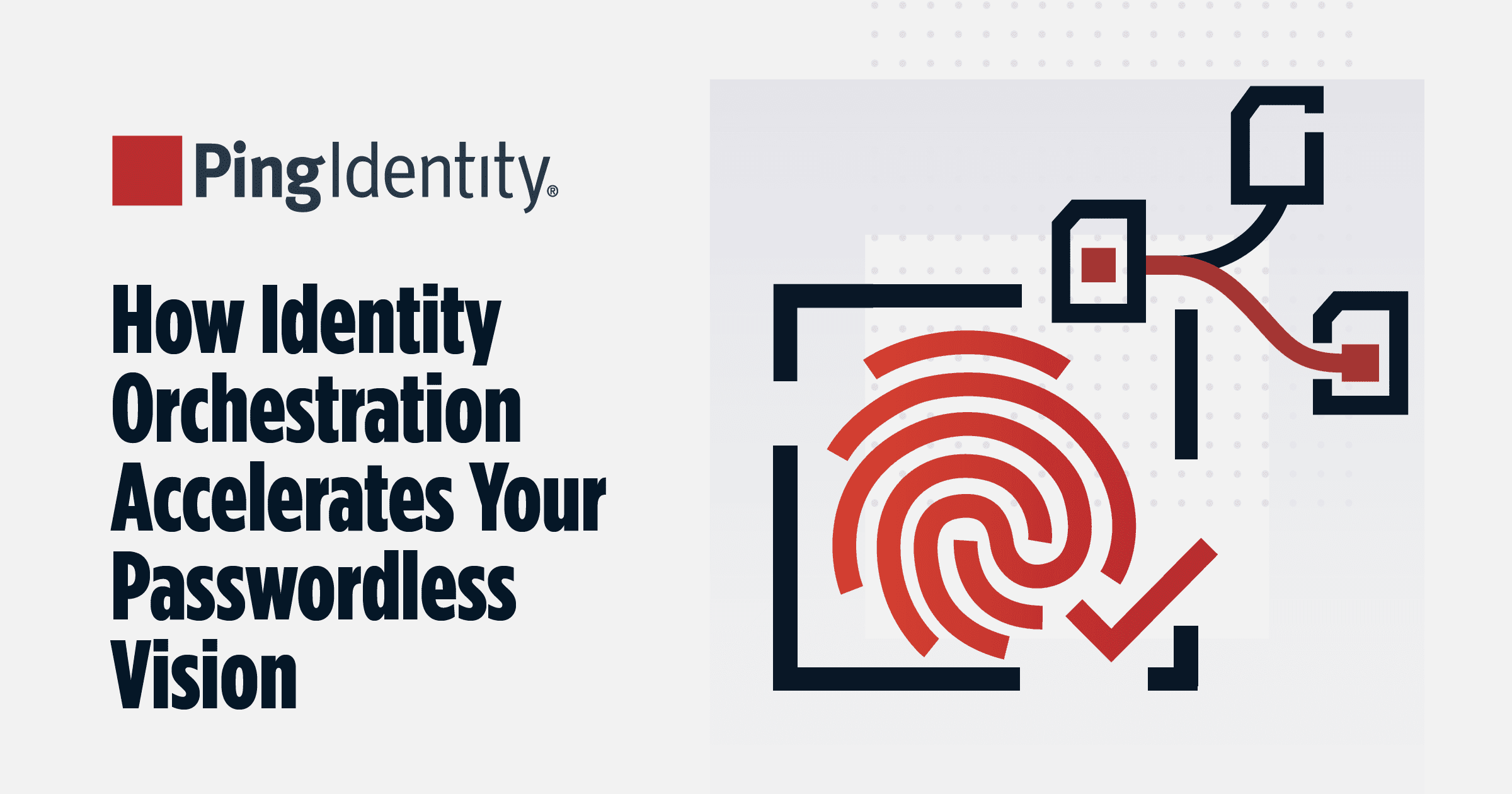When it comes to choosing where to deploy an identity system, let’s do a quick refresh. There are several deployment options to consider: Identity-as-a-Service (IDaaS) and on-premises software, as well as a combination of both in an advanced hybrid solution.
IDaaS is a cloud identity technology that doesn't require any infrastructure or ongoing maintenance, thereby making it easier to implement, while on-premises software allows you greater freedom in terms of customization and is an excellent choice for businesses looking for maximum uptime and control.
Sometimes, though, pure IDaaS options may need to be supplemented with on-premises solutions, for example, due to regulatory and compliance standards or uptime requirements, especially for large organizations that still rely heavily on legacy systems. Equally, if the goal is to simplify application and user management, then companies may need to extend their on-premises software with cloud deployments to gain greater agility and automation.
It's critical for companies to therefore pick a solution that allows them to integrate these deployment choices to achieve the most effective fit for your company architecture. You should be able to transfer between models and control where your identity is deployed, which is exactly what Capital One did when they migrated their Ping Identity infrastructure to Amazon Web Services (AWS).


